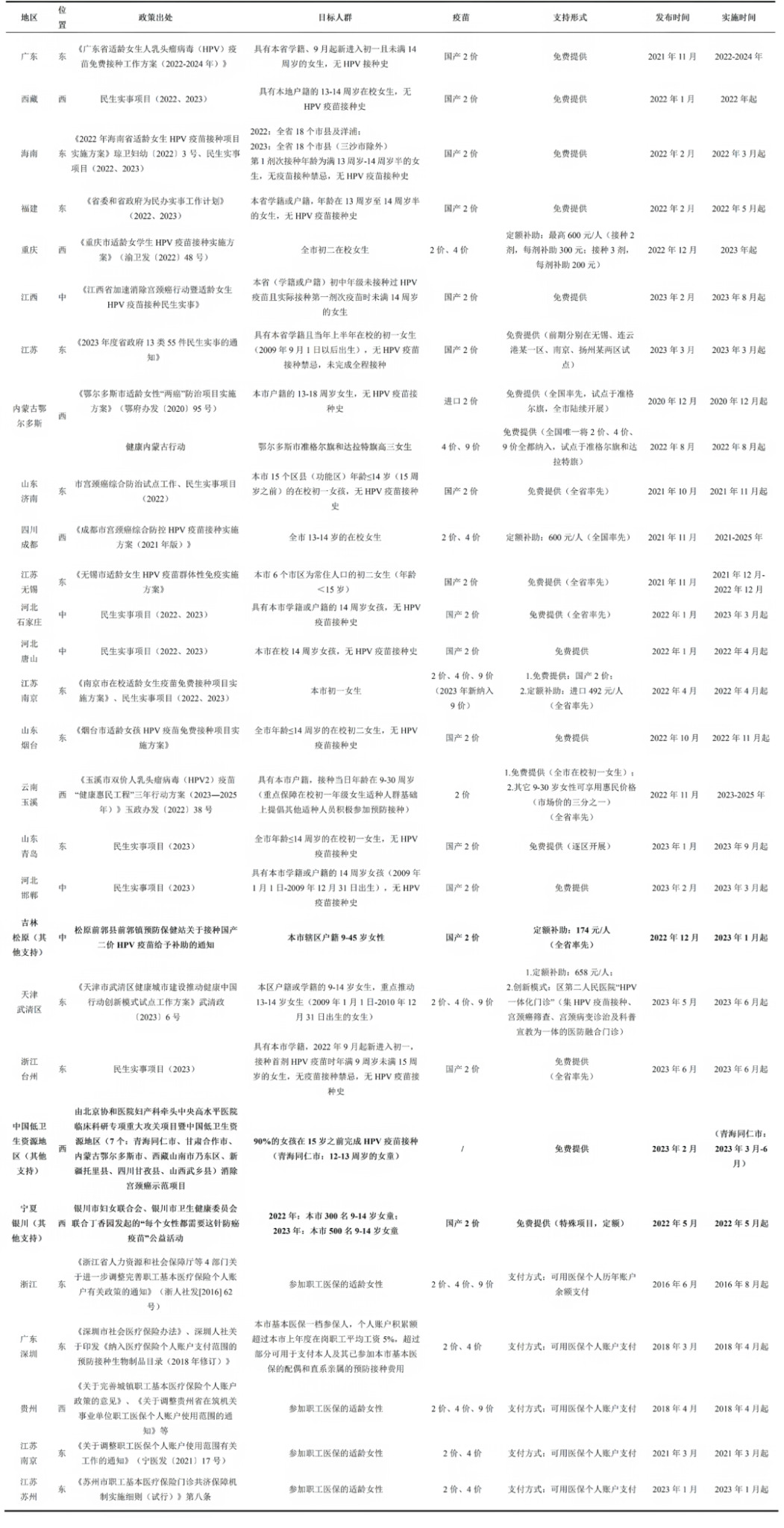Journal Content Recommendation
01
Pentavalent Rotavirus Vaccine Coverage and Trends in Rotavirus Detection Before and After This Vaccination in Chengdu, China
This study was published in the Pediatric Infectious Disease Journal. Pentavalent rotavirus vaccine (RV5) coverage and changes in rotavirus detection in the prevaccine and postvaccine era in Chengdu were investigated and the trend of changes in rotavirus detection rates among children under 5 years old before and after the introduction of the vaccine.
RV5 has been in use in Chengdu since 2018. The study data comes from the immunization information system of community health centers in Chengdu and the rotavirus testing records of children with diarrhea at the West China Second University Hospital of Sichuan University. The study shows that the RV5 vaccination coverage rate in Chengdu has increased annually from 2019 to 2022, with the first-dose vaccination rates at 31.8%, 42.9%, 54.3%, and 69.0%, respectively, from 2019 to 2022; and the full three-dose vaccination rates at 20.7%, 34.4%, 46.3%, and 61.0%.
In terms of rotavirus-positive detection rates, there has been a significant decrease among children under 5 years old since the introduction of RV5. The median annual rotavirus positivity rate before vaccination was 15.8%, which dropped to 5.4% after vaccination, representing an overall reduction of 65.7%. Analyses in different age groups demonstrated a marked reduction in the positive percentage of rotavirus detection by 75.7% and 68.8% among children 12–23 months and <12 months of age, respectively, and a relatively smaller reduction by 50.6% among children aged 24–59 months compared with the former two age groups. Moreover, a decrease of 45.3% was observed in the peak of positivity of rotavirus detection from a median of 48.8% (range, 45.9–54.3) in the prevaccine era to 27.0% (range, 6.4–30.5) in the postvaccine era. The rotavirus season began later in the postvaccine era compared with the prevaccine era, and the annual median duration of rotavirus season decreased from 20 weeks (range, 17–25) in the prevaccine period to 7 weeks (range, 0–16) in the postvaccine period.
This study showed that the coverage of RV5 in Chengdu had continuously increased since its introduction in 2018 in China. RV5 has shown significant effectiveness in reducing the detection rate of rotavirus among children with diarrhea. Although reduced social contact due to the COVID-19 pandemic may have impacted rotavirus transmission, the data indicate that the benefits of RV5 were already evident as early as the 2018-2019 season and continued in subsequent seasons. Further, increasing rotavirus vaccination coverage will help maximize its public health value.
https://doi.org/10.1097/INF.0000000000004441
02
Countering vaccine misinformation: Designing a learning resource for healthcare workers in eight countries
This study was published in the Vaccine. This research aims to develop a training program to enhance the skills and confidence of healthcare workers in recognizing and effectively responding to misinformation in eight countries (Cameroon, Guyana, India, Kenya, Mozambique, Nigeria, Philippines, and the United States), with a particular focus on vaccinations. The study employed a participatory Problem-Based Learning approach (PBL), collecting feedback from 287 healthcare workers who participated in the training from January to July 2023. Practical exercises, such as role-playing exercises and problem-solving sessions, were used to enhance participants’ abilities to identify and respond to misinformation.
The training was divided into four modules, covering topics such as the misinformation basics, online fact-checking, reporting misinformation online, backfire effects of debunking, vaccine science basics, vaccine hesitancy, and effective vaccine communication. A combination of online and in-person sessions was used, with a learner-centered, PBL approach. Evaluation results showed that participants’ confidence and abilities in identifying and countering vaccine misinformation significantly improved after the training. Participants practiced with ‘weakened’ examples of false information, to identify common strategies and “debunking” or refuting false information, and has been found to improve confidence in spotting misinformation. Most participants found the content practical and applicable to real work scenarios, with some suggesting the addition of contextualized content to better suit the needs of different cultures and regions.
The study indicates a significant improvement in healthcare workers’ abilities to address vaccine-related misinformation but highlights the need for further contextualization to meet regional needs. It is recommended that future training include more localized, real-world examples to enhance effectiveness.
03
Peer education as a strategy to promote vaccine acceptance: A randomized controlled trial within New York community healthcare practices
This study was published in Vaccine, and aims to evaluate the effectiveness of peer education as a strategy to increase vaccine acceptance. The study conducted a randomized trial in New York City’s Hasidic Orthodox Jewish community, focusing on the administration of the pneumococcal conjugate vaccine (PCV13) for children. It investigates whether peer education can enhance parents’ acceptance of childhood vaccination, thereby reducing delays in vaccination.
The study was conducted from March 2022 to July 2023, involving three pediatric clinics in New York City predominantly serving Hasidic communities. Eligible parents and children were randomly assigned to two groups: one receiving standard care and the other receiving a peer education intervention in addition to standard care. Peer educators in the intervention group were trained in vaccine science and motivational interviewing to provide counseling to parents, with follow-ups on the 30th and 60th days after enrollment. The primary outcome measure was whether the child received at least one dose of the PCV13 vaccine within 90 days after enrollment.
Primary outcome analysis for the remaining 144 participants revealed that at day 90, participants in the peer education group were significantly more likely to have received at least one vaccine dose during the study period compared to the routine care group (28.4 % vs 12.9 %, RR 2.21, 95% CI: 1.09–4.49, p = 0.022). Participants with children < 1 year old at the time of enrollment were particularly more likely to have received at least one vaccine dose during the study period compared to the routine care group (34 % vs 12.7 %, RR 2.67, 95% CI: 1.22–5.86, p = 0.009).
The study indicates that in communities with a strong religious identity, peer vaccine education is more effective than standard care alone in increasing vaccination rates, especially in reducing delays in infant and toddler vaccinations. It is recommended to promote peer education in similar communities to improve vaccine coverage and acceptance.
https://doi.org/10.1016/j.vaccine.2024.05.076
04
Assessment of the first 5 years of pharmacist-administered vaccinations in Australia: learnings to inform expansion of services
This study was published in Public Health Research & Practice and aims to assess the pharmacists’ role in vaccination in Australia before and during the first year of the COVID-19 pandemic, as well as the completeness of data on pharmacist-administered immunizations.
The results showed that from 2016 to 2019, a total of 576,780 pharmacist-administered vaccinations were recorded in the Australian Immunization Register (AIR), accounting for 1.2% of all vaccinations during the same period. The proportion of vaccinations administered by pharmacists increased annually, from <0.001% in 2016 to 2.7% in 2019. Among all vaccinations administered by pharmacists, 94.7% were for influenza vaccine. The age group with the highest vaccination rate was 60-64 years (2,046 per 100,000 people), with those living in the regional areas having the highest coverage (1,074 per 100,000 people). Of the pharmacists surveyed, 57.8% used software for automatic vaccination data reporting, 27.8% entered data manually, and 13.5% used both methods.
The evidence demonstrates the increasing role pharmacists play in administering vaccinations, with great potential to improve coverage among adults and populations in regional locations. Additionally, the electronic reporting methods adopted during the COVID-19 pandemic may help improve data integrity. Further evaluation is needed to determine the impact of pandemic-related measures on pharmacist vaccination services and the evolving role of pharmacists in immunization services.
https://doi.org/10.17061/phrp3432420
05
Respiratory syncytial virus (RSV) vaccine effectiveness against RSV-associated hospitalisations and emergency department encounters among adults aged 60 years and older in the USA, October, 2023, to March, 2024: a test-negative design analysis
This study was published in the Lancet, and aimed to assess the effectiveness against RSV-associated hospitalizations and emergency department encounters among adults aged at least 60 years. The study conducted a test-negative case-control design to analyze hospitalization and emergency department data for RSV testing among adults aged 60 and older across eight states from October 2023 to March 2024, in order to understand the protective effect of vaccination.
Among hospitalisations for RSV-like illness among adults aged at least 60 years without immunocompromising conditions, vaccine effectiveness was 80% (95% CI: 71–85%) against RSV-associated hospitalisations, and vaccine effectiveness was 81% (95% CI: 52–92%) against RSV-associated critical illness (ICU admission or death, or both). Among 8435 hospitalisations for RSV-like illness among adults with immunocompromising conditions, vaccine effectiveness was 73% (95% CI: 48–85%) against associated hospitalisation. Among 36,521 emergency department encounters for RSV-like illness among adults aged at least 60 years without an immunocompromising condition, vaccine effectiveness was 77% (95%CI: 70–83%) against RSV-associated emergency department encounters. Vaccine effectiveness estimates were similar by age group and product type.
The study indicates that the use of the RSV vaccine in the 2023-2024 season provides significant protection against RSV-related hospitalizations and emergency visits for people aged 60 and older, especially for high-risk elderly individuals and those with compromised immune systems. These findings offer empirical support for future vaccine policy decisions and efforts to expand vaccination coverage.
https://doi.org/10.1016/S0140-6736(24)01738-0
Content Editor: Xiaotong Yang
Page Editor: Ziqi Liu





